What is Brand Positioning? Types, Examples & Guide to Successful
What makes you different from your competition? Successful businesses such as Coca-Cola and Apple have one important thing in common: a powerful brand. Indeed, their brand names have become household names for all related items in their niche. When you need some refreshing drink, are you going to buy a can of some soft drinks or a Coke?
A good brand should be a priority for all companies who are aiming for success—and the proof is in the numbers. Brands that are consistent in their public images see an overall rise in their revenues of 33%. B2B companies with a strong brand achieve higher EBIT margins than others. And if that’s not enough, good branding brings about benefits such as enhanced customer loyalty, improved appearance, and a relatable identity.
There’s only one sure-fire way to create a successful brand: brand positioning. Here’s how to effectively put the brand on your market in 2021.
What is Brand Positioning?

Brand positioning is the method of positioning the brand in the minds of your target customers. More than just a tagline or a fancy logo, brand positioning is the tactic used to set the company apart from the rest. Successful brand positioning can be defined as the degree to which a brand is viewed as favorable, different, and trustworthy in the minds of consumers.
Why is brand positioning important?

When you go into business, a reputation about your brand will gradually build up whether you want it or not, so you might as well have a brand positioning strategy that will enable you to take control of your reputation and brand image. Over a century ago, a soda manufacturer wanted to sell an unprecedented product: the first-ever cola drink. In doing so, he effectively positioned himself as the original. Today, Coca-Cola profits from billions of sales worldwide and is a household name; it’s positioned in our minds as the gold standard for soda drinks.
Brand positioning enables an organization to distinguish itself from its rivals. This distinction helps improve brand recognition, express value, and explain pricing, both of which have an effect on the bottom line. However, not all brand positioning techniques are the same or have the same purpose. Your positioning and verbiage can differ depending on your product, service, and industry. Below, we’re going through a few popular positioning techniques that can help you get started.
Types of Brand Positioning Strategies

When you determine how to present your brand in the market, you have a myriad of choices to choose from. It will rely on what your rivals deliver, but in all situations, you will adapt your approach to highlight the competitive advantage of your product and, implicitly or explicitly, point out the weaknesses of your competition. Below are a few common positioning tactics that you can use to distinguish your brand on the market.
Customer Service Positioning Strategy

We have all chosen a retailer, a restaurant, or a service provider because of their customer service. Companies emphasize their timely, polite customer service in order to distinguish themselves into verticals recognized for inattentive support. Other organizations stress their strong support system if their product has an especially complicated implementation process.
The most tangible advantage of this approach is that a high standard of customer service can and can justify a higher price point. Apple’s products, for instance, come at a high premium price, but their support staff is polite and quick to respond. These service experiences are also an important part of the flywheel—the initially dissatisfied customer will become a promoter if they are provided with a fantastic service experience.
Convenience-Based Positioning Strategy

A convenience positioning strategy illustrates that the product or service of an organization is more convenient to use than the competition. This convenience can be dependent on venue, ease of use, broad usability, multiple platform support, and more. Convenience can also be due to the nature of the product. For example, Swiffer® advertises its WetJetTM product as a convenient alternative to conventional mop due to its disposable mopping pads.
Presenting the product or service as the most convenient would immediately draw busy customers. It would also justify an improvement in the price point. For instance, the Swiffer WetJet is $26, while the O-Cedar Mop is $10. On the other hand, providing comfort could be expensive. If you sell a service on several platforms or in different locations, you will need a powerful logistics and software development team to deliver on your pledge. Developers should always be available to solve bugs and other problems relevant to this positioning technique.
The last thing you need to review is if your product is very convenient. For instance, the WetJet Mop may theoretically be inconvenient, because consumers constantly have to go to the store to buy refills. If you’re selling a similar product, you’d like to offer auto-refill services or subscriptions.
Price-Based Positioning Strategy

Companies are using a price-based position strategy to brand their offerings and services as the most affordable alternative. When you put your product as the cheapest on the market, you will certainly produce a wide consumer base, and no one wants to spend more than they need to. Offering the lowest price is an easy way to draw conversion prospects.
One drawback is that a lower price may result in lower output quality, even if that is not the case. It may also start a price war, but this would only extend to some sectors, such as air travel.
“A company’s decision to position their offerings as the most affordable option on the market may result in consumers perceiving their products as being of lower quality, even when this is not the case. This can be a particular problem if the company is attempting to establish a premium brand image.” says Denis Ristić, General Manager at AskGamblers
Quality-Based Positioning Strategy

Companies adopt this technique when they want to put an emphasis on the quality of their products. Sometimes, this high quality comes at a premium price. The quality of a product can be represented by excellent craftsmanship, small-batch manufacturing, high-quality products, and even environmental practices that make it more costly to manufacture. The efficiency of the service can be shown by proof of excellent end performance, strong ROI, and glossy customer testimonials.
Budget-conscious shoppers can skip your brand in favor of a cheaper alternative. But this is where the buyer personas come to play. The income and purchasing habits of your target audience will decide if the focus on quality (with a higher premium) is the right strategy for your brand.
Differentiation Strategy

A differentiation positioning strategy depends on the uniqueness of creative qualities of a product relative to the conventional competition. Tesla is a perfect example—before the Tesla vehicles existed, there was no attractive, fully electric vehicle (EV) available for purchase.
If you adopt this strategy, customers who value creativity will be drawn to your brand and product. One possible drawback is that the public could be discouraged by a lack of history of use. If the product is completely new, consider offering the analysis and testing that came into being. Innovation-driven customers also want to know how the latest technology or product operates.
Other Positioning Strategies
These aren’t the only techniques out there. You can place your brand as the pioneer, the first of its kind (original), or the most successful. You may also put your product as a solution to a widespread problem. Another strategy is to equate the brand directly with your rivals. In this approach, you can call your rivals directly into your promotional campaigns and highlight the benefits of your product over theirs.
When figuring out your brand positioning, be sure to take a close look at your target customers and their habits. If they want to save, spend money on quality, or have the newest and the latest gadget will decide how you put your brand. Now that you have an idea of some approaches that you can take, it’s time to build a positioning strategy that will make your brand the most convenient, the lowest-cost, simply the best option, basically the best of something, compared to other brands.
How to Create a Brand Positioning Strategy

Creating your own brand positioning plan means digging deep into the nuances of your brand and learning what you do better than anyone else. These six steps help you build a brand positioning strategy that is unique to your market.
1. Determine your current brand positioning
Are you currently promoting your product or service as just another option on the market, or are you marketing it as something special? Your current brand positioning provides you with an important insight into where to go. You may need to consider your current position in order to better examine your competition.
Start by looking at your target customer and identifying who they are. Next, describe your mission, your beliefs, and what makes you different from the rest of the competition. Finally, review your value proposition and your actual brand individual and brand voice.
2. Identify your competitors.
After analyzing yourself, it is important to analyze your competition by conducting a competition analysis. Why is it so? You’re going to need to see who you’re up against to do a competition analysis. That research is going to help you determine what you can do best in your plan to gain an edge.
There are various approaches to assess the competition, including:
- Conducting market research: Ask the sales team what rivals come up during the sales process, or make a quick Google search using the market keyword to see what companies show up.
- Using input from the customer: Ask your customers what companies or items they considered before selecting yours.
- Using social media: Quora provides a forum for customers to ask questions about goods and services. Check these forums to find out about the rivals in your niche.
3. Conduct competitor research.
When you’ve found out who your competitors are, it’s time for an in-depth market study. You’ll need to examine how your competition is positioning your brand in order to succeed. Your research can, at its simplest, include:
- What products or services are provided by your competition?
- What are their strengths and weaknesses?
- What marketing tactics do they use successfully?
- What is their position on the market?

4. Identify what makes your brand unique.
Building a unique brand is all about figuring out what makes you different and what works best for your market. Start this by defining what “effective” really means for your own brand — and then build your image based on that foundation.
Chances are after you’ve been doing competition studies, you’ll begin to see trends. You’ll start to see certain brands with the same strengths and weaknesses. When you compare your product or service to theirs, you can find that your strength is one of their weaknesses.
This is what makes your brand stand out, and it’s the ideal starting point for placing your brand on the market. Take note of your particular products as you compare them, and dig deep to see what you do better than anyone else.
5. Create your positioning statement.
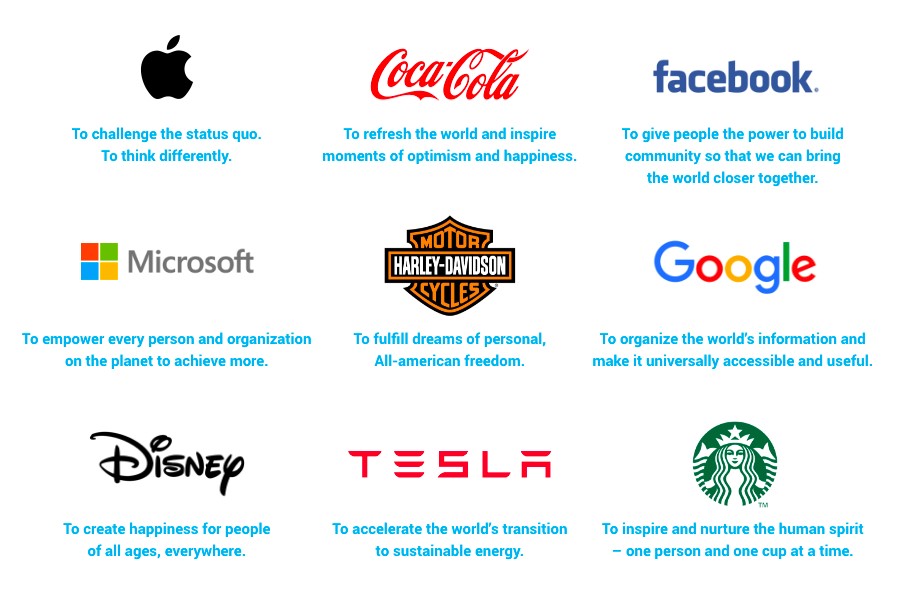
Now it’s time to take what you’ve learned and make a brand position statement. As The Cult Branding Company puts it, “The positioning statement is a declaration of one or two sentences that communicates the unique value of your brand to your customers in relation to your main competitors.”
There are four questions you can answer before making your positioning statement:
- What is your product or service category?
- Who is your target customer?
- What’s the greatest benefit your product or service can provide?
- What can prove that benefit?
From there, you can make a clear but convincing position statement. Take Amazon’s positioning statement as an example, it is “Our vision is to be the world’s most customer-centric business; to build a place where anyone can come and get anything they want to buy online.” Amazon’s target customer—though extremely broad—is everyone. They sell a wide variety of goods to everyone, which is also their greatest advantage. And the evidence? It’s all online right now.
6. Evaluate if your positioning statement works.
Positioning your brand to cater to a certain consumer is just the beginning. When your positioning statement is made, it’s time to evaluate, experiment, and gather input from your customers as to whether or not your positioning achieves its target.
Investing time and money in positioning the brand to cater to a particular vertical, customer type, or demographic is just a small part of the fight. It is important to test, experiment, and constantly gather real input from your target customers on whether or not your positioning actually has the desired effect. You should improve your positioning by continuously asking for and listening to input from new customers.
7. Establish an emotional connection with customers.
Creating a connection with your prospects before you go into hard selling creates confidence and allows your prospect to have a more positive experience with the brand of your business. For instance, at the beginning of the sales process, reps can take time to learn about your customers and the problems they are trying to solve before showing the solution.

8. Reinforce your brand’s unique qualities during the sales process.
With a good brand position, it should be easy to reinforce the differentiating properties of your company’s product. Make sure your target customers understand what makes your brand special in the entire sales process.
9. Create value.
Your main target should be to help your prospect solve a problem they’re facing. Ideally, the brand of your business is part of the solution.
10. Ensure that customer-facing employees embody your brand.
Your sales reps are the most important ambassador of your business. Prospects should be provided with the experience that embodies the core values of your business and aligns with the identity of the company. For instance, if your company takes a light, fun approach to branding, you should use this language in your interaction without customers. Having an overly serious tone would not be consistent with the image of your business.
Brand Positioning Map: The Power of Perception
If you want to find out how your brand compares to other brands in the customer’s perception, a brand positioning map will help. As the American Marketing Association (AMA) put it, perceptual brand mapping is the visual plotting of different brands against axes, where each axis represents a quality known to drive brand selection.
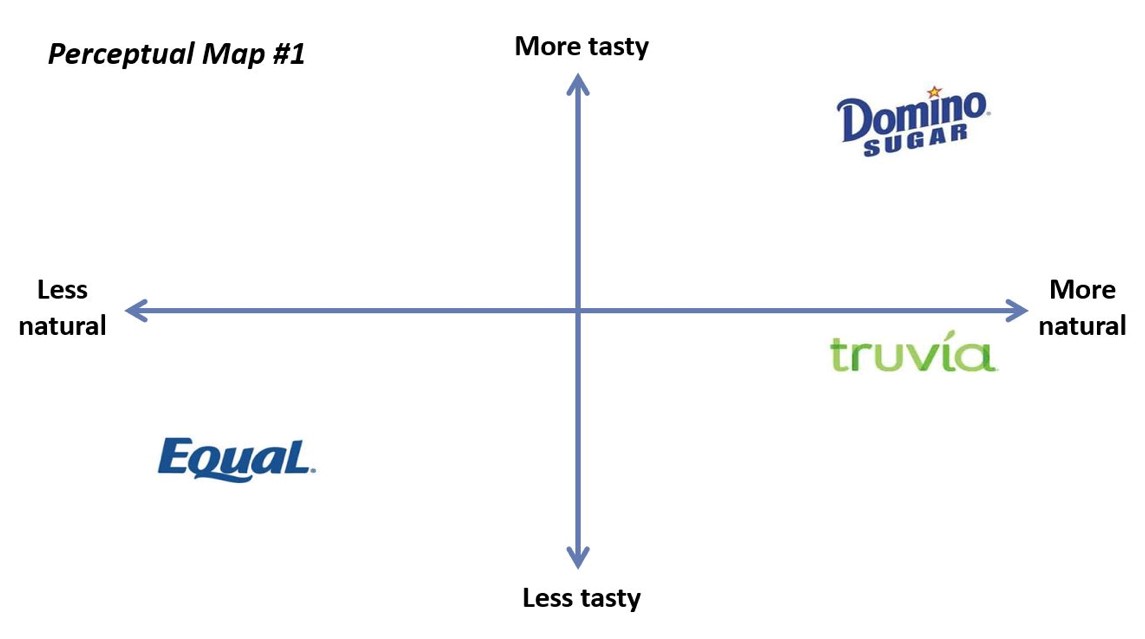
A brand positioning map is made up of attributes that are relevant to your target audience. To do the correct mapping, it is best to have several versions of the map centered on various sets of attributes. By putting your brand and your competition on your map, you’ll see who’s more competitive than anyone else in a certain area.
The attributes used in this map come directly from the values that your customers need. Their perception of your product or service is directly related to those values. Brands that focus on the most shared values would eventually win. As Harvard Business Review puts it, “Create brand loyalty based on shared values with your customers. It’s not the number of experiences the customer has with your brand, but the consistency and relatability of each interaction.”
Brand Positioning Examples
There are a number of businesses that have excelled in brand positioning over the years by developing a positioning strategy that wins over the rest. Here are several strong examples:
Delta vs. JetBlue

Delta and JetBlue have demonstrated who wins when hospitality and high-end fight against each other. After Delta stopped serving peanuts and reduced its legroom, JetBlue entered the market with gourmet snacks and enormous legroom. It achieved success by concentrating on friendly service instead of a lucrative frequent-flyer program.
Delta’s vs. JetBlue’s Positioning Strategy
As Delta removed some of its conveniences, a comfortable positioning plan was put in place. That seems counterintuitive, as who doesn’t find legroom convenient? However, Delta flyers have access to more international flights than JetBlue flyers, as well as more routes. Delta is using its vast network and comprehensive incentive program to improve its brand value.
On the other hand, JetBlue has introduced a customer service positioning plan, dethroning Delta as the gold standard for customer service. JetBlue’s place is the friendliest, most relaxed choice in its customers’ minds.
Billie vs. Gillette

Pink tax products — products targeted at women that are more costly than male-equivalent or gender-neutral products — have been brought up in the media in recent years. One of the types of goods that have been plagued by the pink tax is the shaving sector, where women’s products are mostly sold as an afterthought.
Direct-to-consumer brand Billie addresses the pink tax problem head-on, using a subscription business model selling women’s razors at half the price of its drugstore rivals, giving consumers referral credits that are known as the pink tax rebate. Well-known razor brand Gillette has taken notice, now offering a subscription alternative to its Venus razors.
Billie’s vs. Gillette’s Positioning Strategy
Billie’s positioning strategy is convenient because of its convenient subscription model, and it’s also differentiation-based because of its emphasis on the pink tax. Although the product itself is not revolutionary, it is Billie’s pricing and advertising strategy that stands out.
Gillette’s positioning approach is also focused on the distinction, but to a less successful degree than Billie’s. Thanks to its decades of history, Gillette points out that, unlike other razor brands, it is still revolutionary. In its positioning, the company makes it clear that it is continuously improving its products to provide a better customer experience.
Chipotle vs. Taco Bell
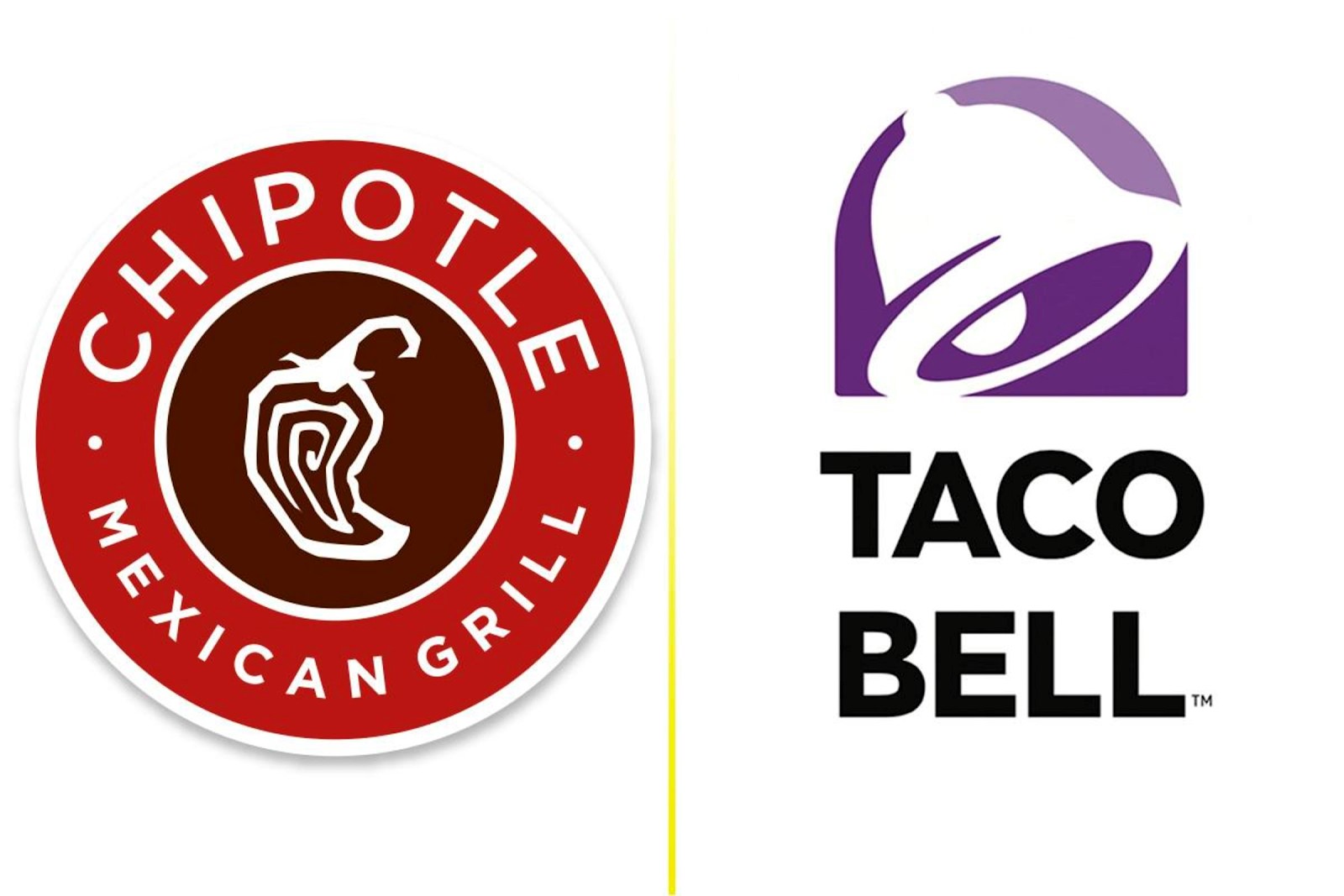
Chipotle and Taco Bell’s battle for market share have carried out a quality versus quantity analysis. While Taco Bell is established in the Mexican fast-food market, Chipotle has entered the same space by competing for quality instead of price. One of the advertisements that say, “We’re not afraid to say we’re real chickens” is about the company’s commitment to good branding.
Chipotle’s vs. Taco Bell’s Positioning Strategy
Chipotle’s positioning strategy is focused on consistency. On its website and in-person menu, the company stresses where its food comes from, as well as the use of organic and non-GMO ingredients. The strategy of Taco Bell is price-based. In this vertical, the brand provides some of the lowest prices. Its approach is also a convenience-based one; Chipotle has no drive-thru, though Taco Bell does.
Lyft vs. Uber

Friendly or far-fetched? Which one will win? While Uber rises up in the ride-share scene quickly, they provide overly executive rides with sleek branding. Its branding was too high-end, turning a large portion of customers off. Then Lyft entered the market with a friendly and enjoyable service instead of a far-fetched luxury.
Lyft’s vs. Uber’s Positioning Strategy
Lyft’s approach is price-dependent. If you want a fast trip, it’ll be a little cheaper than Uber, with a similar level of service. Uber’s approach is focused on quality. The company advertises features such as Uber Reserve and Uber XL on its website, and although the quality of the service itself is close to that of Lyft, the brand exudes a more luxurious image through its text and brand colors.
Bumble vs. Tinder
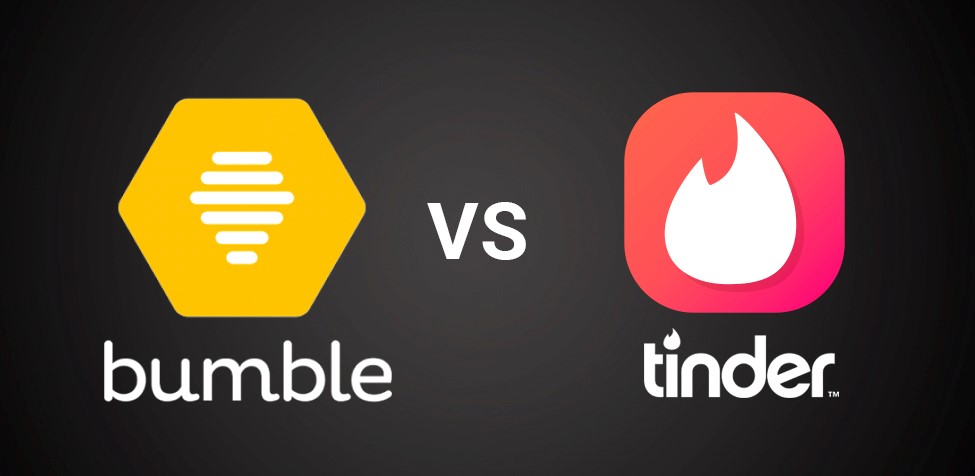
Started in 2014 by Whitney Wolfe after leaving Tinder, Bumble has been positioned as an app created to empower women to take control when it comes to connecting with new people. In addition to its initial emphasis on enhancing the experience of women users, Bumble has grown into a Dating group, offering users the ability to discover friendships and professional connections within the app. Tinder, on the contrary, focuses on fleeting relationships.
Bumble vs. Tinder’s Positioning Strategy
The positioning technique of Bumble is differentiation. On its website, the brand says, “Bumble was first founded to challenge the outdated rules of dating.” Indeed, its method was far more distinct from any other app, with women being the initiator instead of men.
Tinder’s positioning approach is a leader-based one; the company uses its proven history and success to lure people to join. While the company does not describe itself as a pioneer in online dating (such a tone does not suit the industry), it does indicate its leadership by emphasizing its number of users and almost a decade of experience.
Starbucks vs. Dunkin’
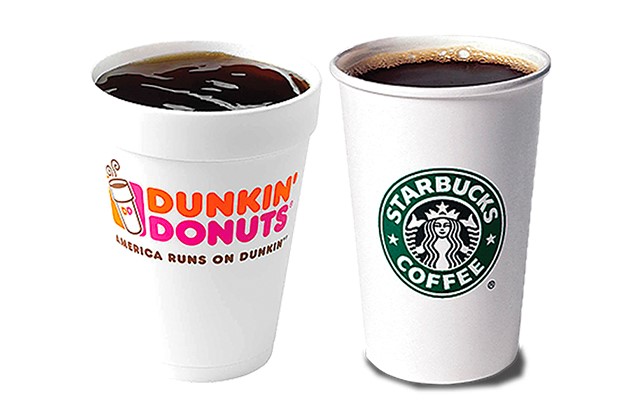
Although Starbucks and Dunkin’ sound different, they both target customers who drink coffee every morning. Although Starbucks’ branding focuses on the in-store experience, Dunkin’s branding focuses on its two main products, coffee, and donuts. Its slogan, “American Runs on Dunkin,” highlights the wide availability of its products. Starbucks, on the other hand, focuses on showcasing crafts and providing a more conventional coffee shop experience.
Starbucks’ vs. Dunkin’s Positioning Strategy
Starbucks’ green and brown markings are in sharp contrast to Dunkin’s vivid pink and orange colors. It also shows in their tactics. The Starbucks approach focuses on quality. On its Coffee Finder website, the brand says, “Our coffee masters have used their years of tasting knowledge down to three simple questions to help you find the Starbucks coffee you’re sure to love.” This kind of verbiage conveys Starbucks’ emphasis on quality rather than quantity and even availability.
Dunkin’ relies on both its leadership in the sector and its wide-ranging availability, and therefore its approach is leader-and convenience-based. “Dunkin’ is the world’s leading baked goods and coffee chain, serving more than 3 million customers every day,” stated the brand, emphasizing how easy it is for its customers to simply stop by for a coffee fix.
Spotify vs. Apple Music

The Spotify vs. Apple Music dilemma has been in the spotlight for years. If you look this up on Google, you’re going to get more than twenty-six million news results. Spotify is known for its high degree of customization, while Apple Music is known for its more premium range of songs and, of course, its high-quality Apple brand. Although their products are remarkably similar, both companies use vastly different tactics to establish themselves in the music streaming market.
Spotify’s vs. Apple Music’s Positioning Strategy
Spotify is using a price-based approach. Although its premium offerings are almost similar to those of Apple Music in terms of pricing, it provides a free plan that makes it accessible to people who are not yet willing to pay a monthly fee. Apple Music uses a quality-based approach, promoting its 60-million-dollar catalog of songs as its biggest attractor. It also provides exclusive content, such as videos and on-screen lyrics. In contrast, Spotify only provides this feature for a limited number of songs.
Apple macOS vs. Microsoft Windows
The battle of the leading operating software! And that’s not to mention the iOS vs Android dilemma. Apple macOS and Microsoft Windows have been the two major players in the OS industry for almost four decades. Apple designed a computer that was easy to use; in turn, Windows created a similar machine with a graphical user interface (GUI) that was more customizable. Although its first version saw little success, Windows has maintained much of its market share over the years and still dominates the OS industry.
macOS vs. Microsoft Windows Positioning Strategy
Although MacOS was the first GUI operating system, Apple does not place it as “first” or “original.” Instead, the company uses a quality-based positioning strategy to distinguish its OS from alternatives. It also uses a convenience-based approach in several respects, as the OS interacts with other Apple products.
Microsoft Windows still uses a convenient placement technique, albeit in a different way than Apple does with its operating system. Second, Windows can be bought as a license and you can use it for your custom-built machine. With Windows, you can also select a laptop from any PC maker, which ensures that you have a wide variety of choices. This makes it very easy to locate, install, and use it. And this technique worked well since Windows is the dominant operating system for decades.
These are only a few examples of how famous brands compete and position themselves on the market. Effective positioning strategy results in an improvement in market share—or in the development of a niche that only your brand owns.
Final words
I hope this article has provided you with valuable insights into how you can tackle brand positioning! Please feel free to leave comments below for a further discussion on this topic. :-)
New Posts

How To Set Up Google Analytics 4 For Your BigCommerce Store






